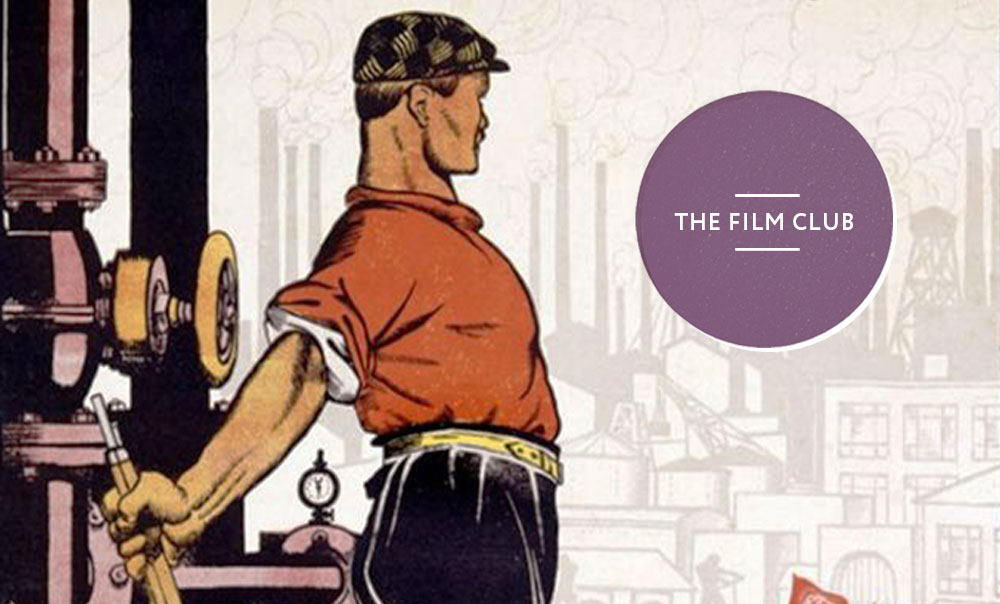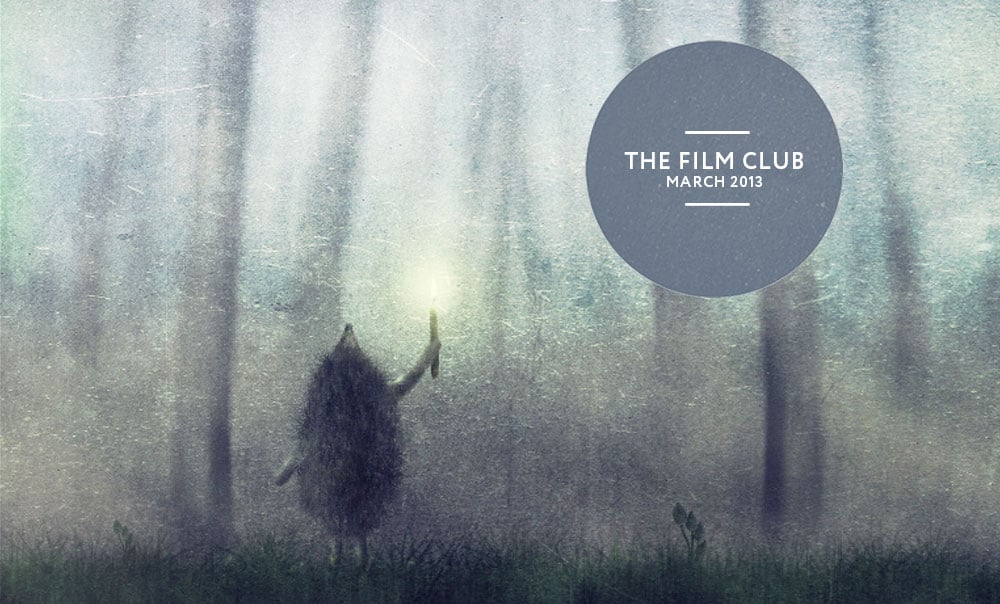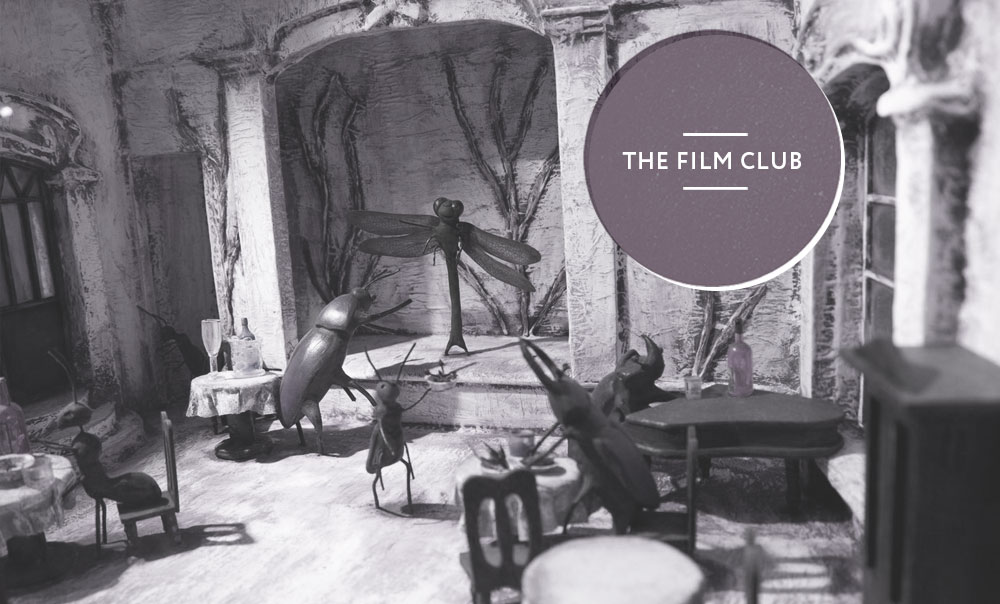The film club: Strike

The Film Club is a homage to cinema. Every month the team at The Calvert Journal selects a favourite Russian movie, from a classic of Soviet cinema or a groundbreaking documentary to the latest short by a new young director. Lights down please.
Any student of Russian film theory will be well versed in Strike, the first feature length film by the original master of Soviet cinema Sergei Eisenstein (1898-1948). Strike is an early example of cinema as a tool of propaganda from the early years of the Soviet Union. It was released in 1925, a few years before the rigid structures of socialist realism turned all art forms into a strategic tool for the regime and stifled much of the creativity of the 1920s. The film will be screened as part of exhibition on propaganda at London’s British Library on 14 June 2013.
Set in pre-revolutionary Russia at the turn of the 20th century, the film follows factory workers who go on strike following the suicide of a colleague who is wrongly accused of stealing. The film served as a handy reminder to the wider population as to why the revolution took place: the structure, narrative and conclusion clearly promote the merits of socialist collectivism over capitalist individualism.
Over and above propaganda, the film is widely known for its innovate editing. Eisenstein used Strike to try out his “montage of attractions” theory. In an essay published in Lef, a radical avant-garde journal founded by the poet Vladimir Mayakovsky, he argued that juxtaposing two arbitrary images, independent in subject from each other, could provoke a strong emotional response from the viewer. The film employs this technique throughout, contrasting bourgeois spies with frightening animals and the productivity of workers with the beauty of a set of revolving, well-oiled cogs. Perhaps the most graphic juxtaposition comes at the end, when a scene of strikers fleeing riot police is spliced with bloody shots of a cow being slaughtered. The message is clear but the action itself is not shown: the factory workers are being slaughtered.
Eisenstein continued to pioneer different montage techniques, but came close to landing in trouble with the regime on several occasions later in his career. It was thanks to Joseph Stalin’s personal affection for Eisenstein that the director managed to remain in favour. Alexander Nevsky (1938), his first film using sound, received widespread acclaim for its nationalistic portrayal of the protagonist’s resistance to the attempted invasion by German knights in the 14th century. The helmets of the German knights were styled to resemble those of the Nazis. However, when Stalin signed the Molotov–Ribbentrop Pact with Nazi Germany in 1939, the film was pulled from distribution. It was quickly reinstated when the Nazis turned on the Soviet Union the following year



